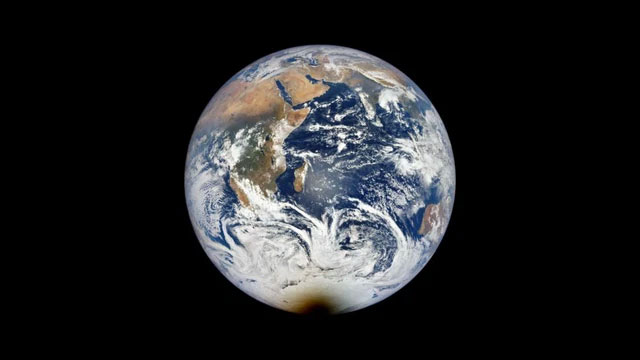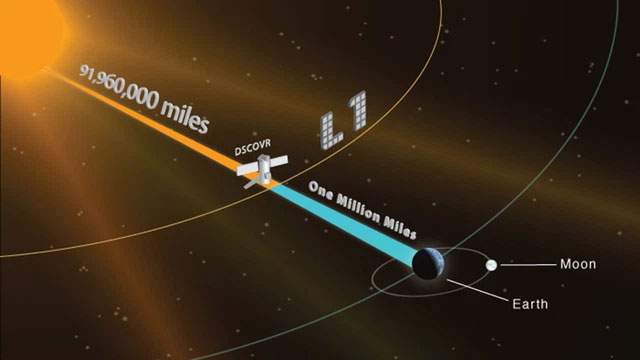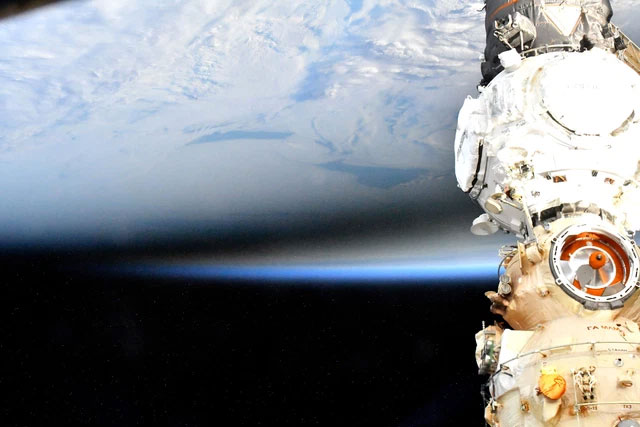In 2021, there was only one total solar eclipse, and it was only observable from a single location: Antarctica. As a result, not many people could witness this captivating phenomenon. However, the Deep Space Climate Observatory (DISCOVR) satellite from the National Oceanic and Atmospheric Administration (NOAA) had the opportunity to capture an incredibly impressive photo of the moment the eclipse occurred on Earth.

DISCOVR tracked the eclipse as the shadow of the Moon cast over a large area in Antarctica on December 4. The photo was taken from a position over 1.5 million km away from Earth. The Moon’s shadow left a dark spot that created a very strange feeling, as if a black hole was forming on Earth.

DISCOVR is equipped with the Earth Polychromatic Imaging Camera, designed by NASA. Due to its high altitude, DISCOVR was able to capture images that even astronauts on the International Space Station (ISS) could not achieve. Nonetheless, the Expedition 66 crew aboard the ISS also witnessed the eclipse and captured the image below from an altitude of 400 km.

The primary mission of DISCOVR focuses on the Sun, monitoring solar winds and solar particle streams. The charged particles carried by solar winds can affect everything from auroral activity to impacts on satellites, electricity, and astronaut health.


















































